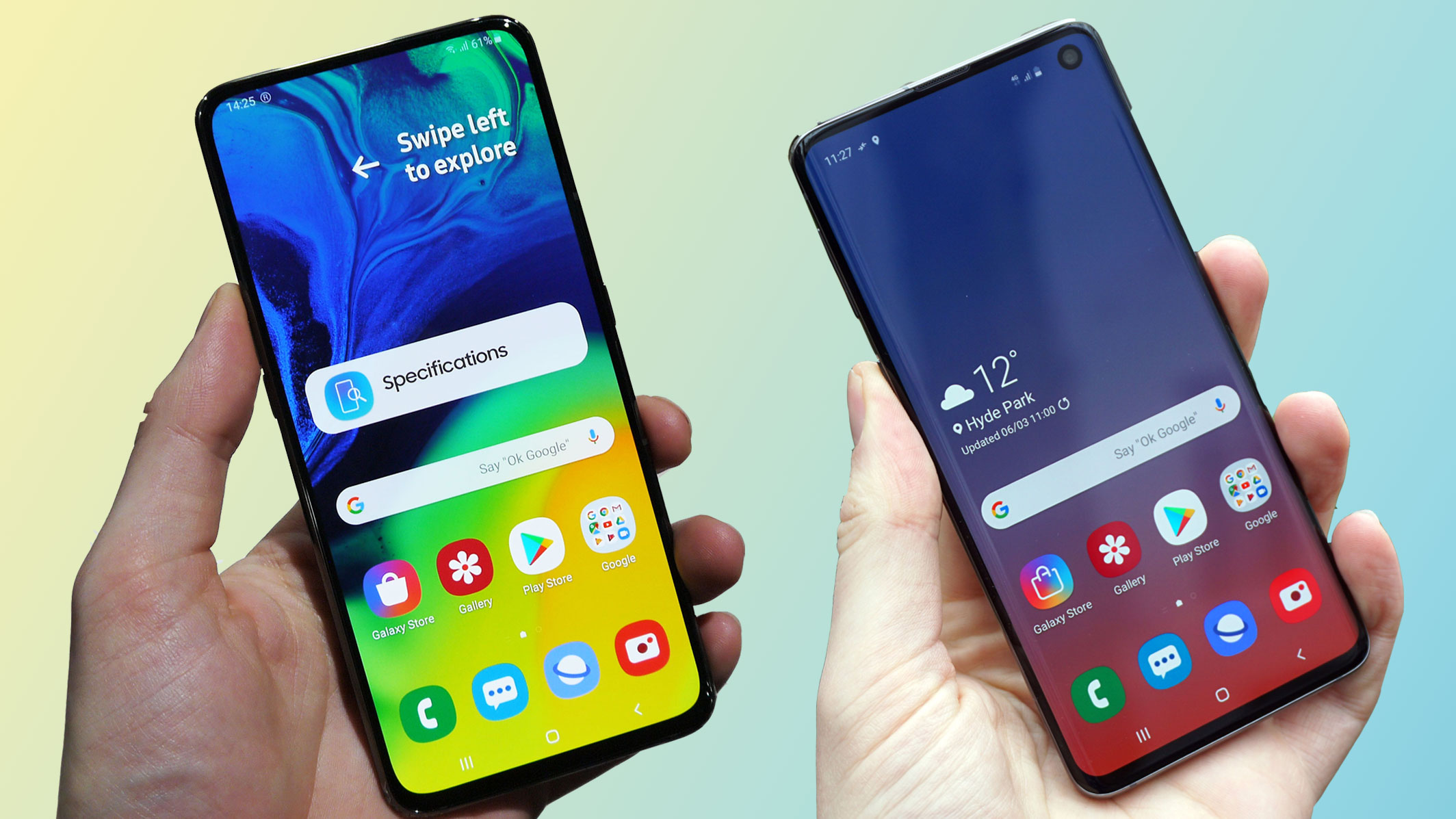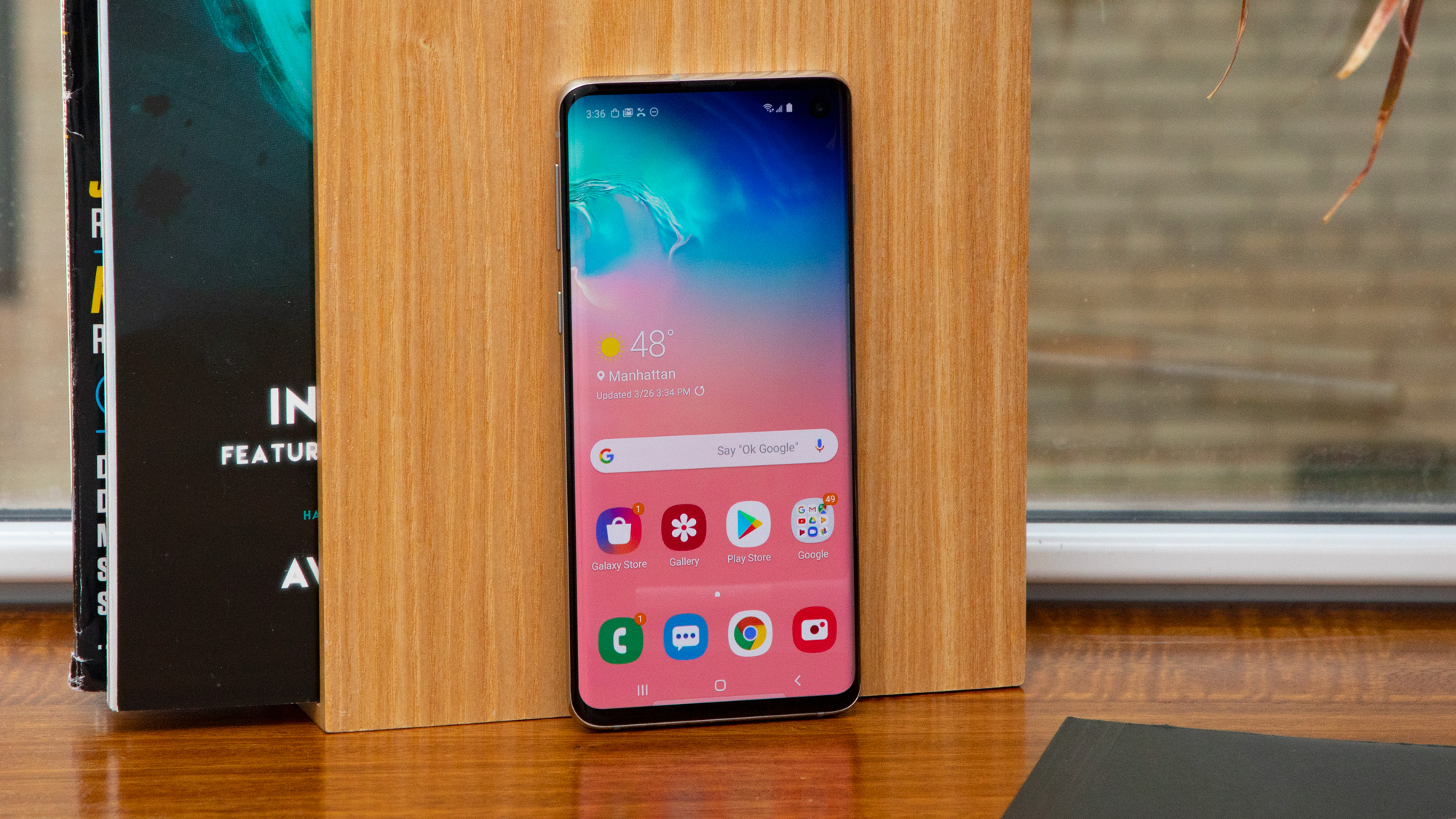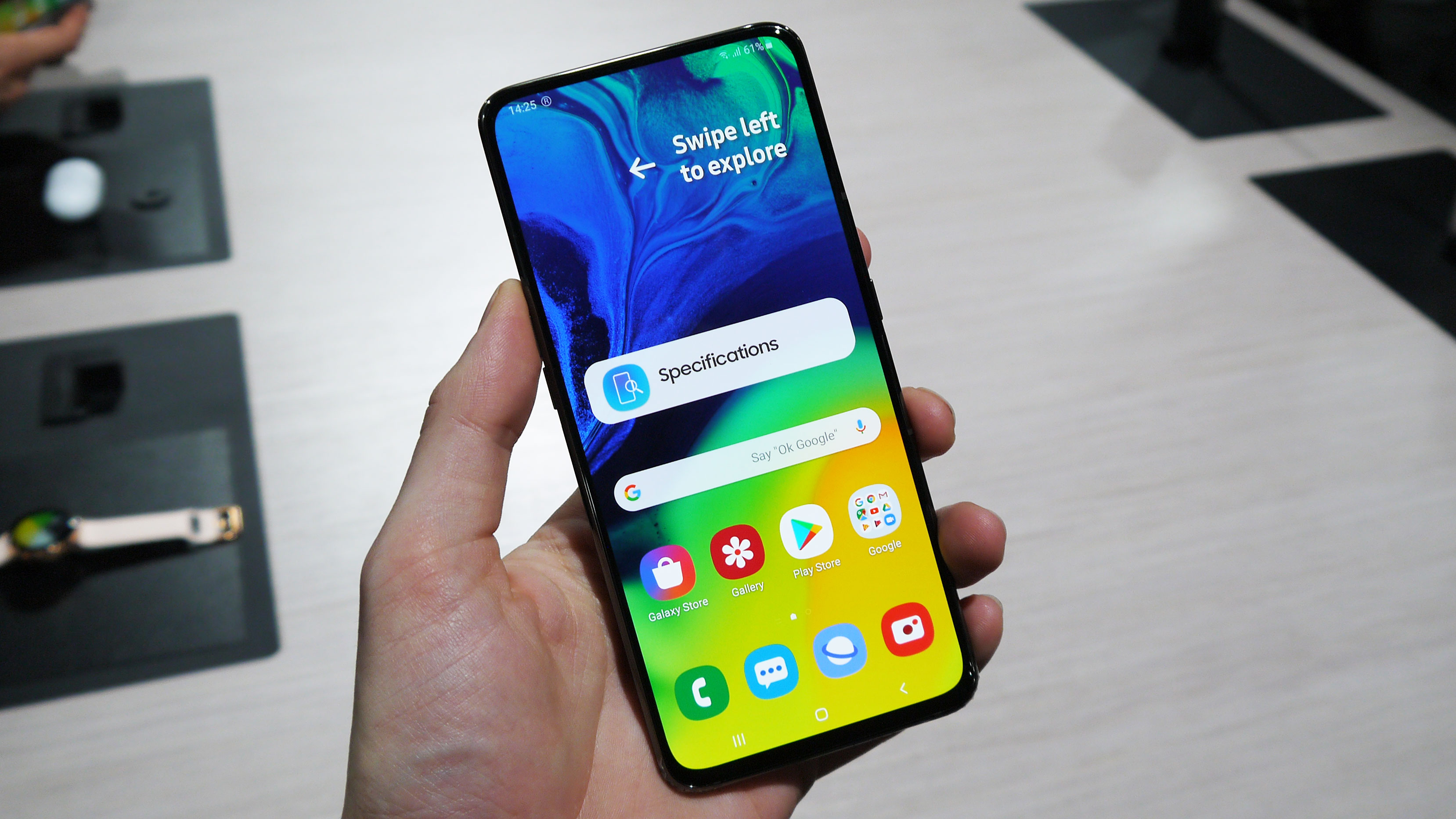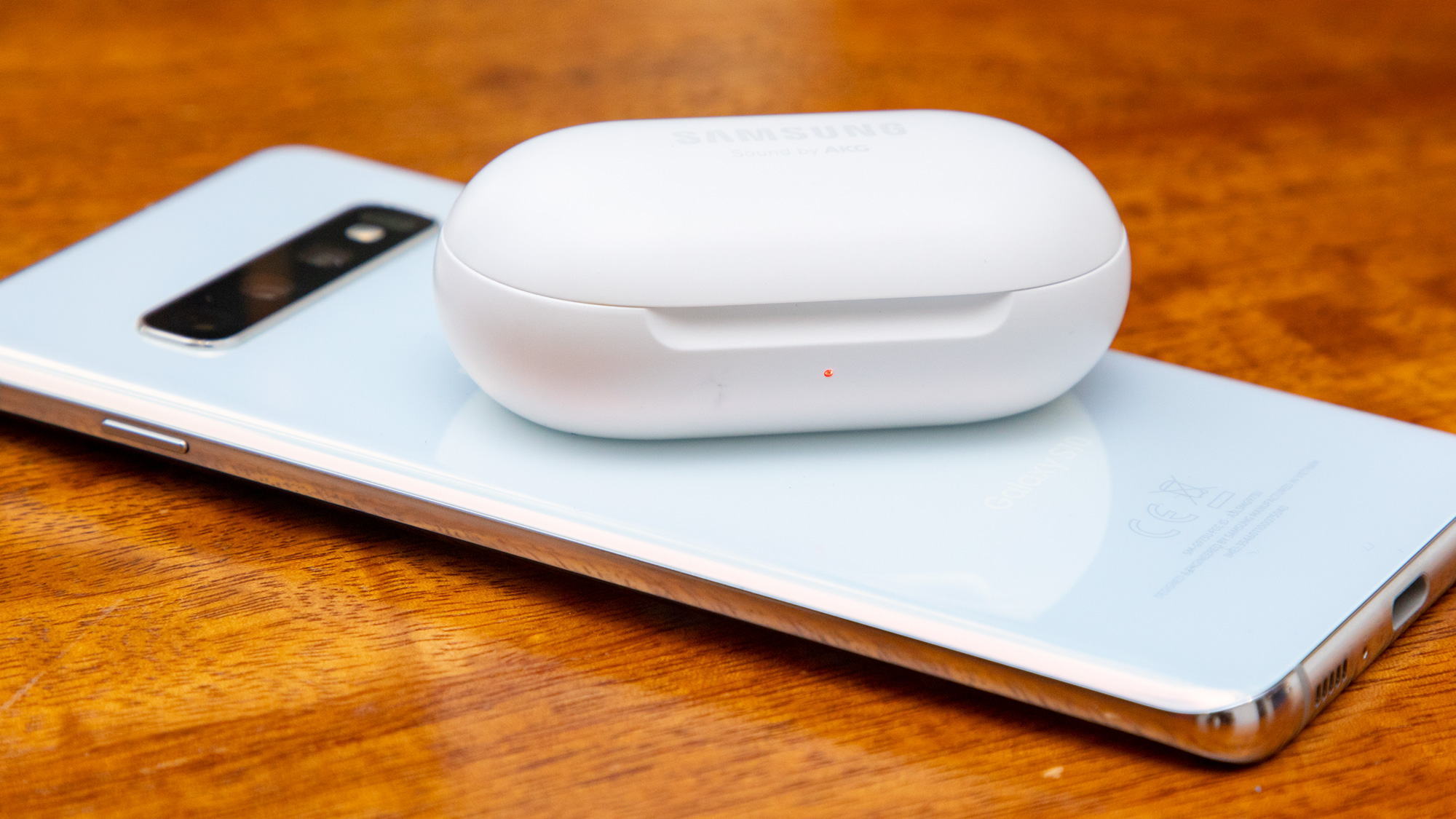Samsung Galaxy A80 vs Galaxy S10: What’s the difference between Samsung’s newer flagships?
A galaxy of choices

Samsung has launched a collection of Galaxy A phones, and the leader of the pack is the Samsung Galaxy A80, which boasts a novel rotating camera, as well as a large uninterrupted display.
But it hasn’t been very long since Samsung released the Samsung Galaxy S10, one of the most impressive smartphones we’ve ever seen, and like the Galaxy A80 it’s packed with cutting-edge features.
So which Samsung device is the most novel in terms of new features, and what’s the difference between the company’s 2019 handsets?
- Is the Samsung Galaxy Note 9 still the brand's premium phone?
- This is what we want to see in the Samsung Galaxy Note 10
- These are the best camera phones you can buy
Design and display
At 6.7 inches the Samsung Galaxy A80’s screen is significantly bigger than the Galaxy S10’s 6.1-inch display, and that extra size is increased by the lack of a front-facing camera in the A80 to take up space, whereas the S10 has a ‘punch-hole’ cut out of it for this snapper in the top right corner.
Both phones use Samsung’s Super AMOLED screen tech, for unrivaled color accuracy and high levels of maximum brightness. They also both have a fingerprint scanner built into the screen.


Despite the larger screen size the Samsung Galaxy S10 has a better screen resolution, at 1440 x 3040 instead of the Galaxy A80’s 1080 x 2400, so as you can imagine the Galaxy S10 has a much higher pixel per inch count.
The larger screen size is reflected in a bigger design in the Galaxy A80 as, at 165.2 x 76.5 x 9.3mm, it’s a fair size bigger and thicker than the Galaxy S10 at 149.9 x 70.4 x 7.8mm. You can feel this difference when you hold them in your hand, as the A80 feels a lot more like a ‘plus-sized’ phone.
Get daily insight, inspiration and deals in your inbox
Sign up for breaking news, reviews, opinion, top tech deals, and more.
Both have a rather similar ‘premium’ feel however, with Corning Gorilla Glass fronts and backs and metal bands in between. The S10’s screen is curved around the edges though, while the A80’s is flat, which may give it an edge in terms of ‘premium’ feels. They also both have USB-C connections, but the Galaxy S10 has a headphone jack which the A80 doesn’t, so if you’re attached to the 3.5mm port the S10 may be a better choice.
Camera
The Samsung Galaxy A80’s camera is probably the most novel feature on the device – the phone has a triple-lens camera on the back that can pop up and rotate when you want to take a selfie, which should let it take selfies of unprecedented quality as well as performing well for other types of photos.
We couldn’t get enough of turning the camera to portrait mode and seeing the little back panel pop up – whether these moving parts will survive wear and tear is something we’ll need to find out though.

The three cameras consist of a 48MP main, 8MP ultra-wide and 3D depth-sensing snapper, and in our brief hands-on with the phone we found it great for autofocus as well as background blurring, but we’ll need to spend more time with the handset to see how good it truly is.
The Samsung Galaxy S10’s camera is a little more traditional in that it has a distinct front and back camera array. On the front there’s a 10MP snapper, which performs well enough but is not quite as good as the front camera on the Samsung Galaxy S10 Plus, which has a bonus 8MP assistant.
On the rear of the Galaxy S10 there’s a 12MP regular, 12MP telephoto and 16MP ultra-wide lens, which take pictures with great detail and are particularly competent at picking up punchy colors. In particular, the telephoto lens, which you won’t find in the Galaxy A80, was good at sensing depth and taking pictures at a distance.
Battery life

While the Samsung Galaxy S10 comes with a 3,400mAh battery, you’re going to get a 3,700mAh power pack in the Galaxy A80, but both should easily last you a day.
Although the Galaxy A80 has a bigger battery you’re actually going to have an easier time charging the Galaxy S10 up, as the S10 supports wireless charging (and reverse wireless charging, so you can use the S10 to charge other devices) whereas the A80 only supports fast charging.
Features and specs
From the design and battery life, it may seem that the Samsung Galaxy A80 is the better phone, but you’re actually going to get better internals from the Galaxy S10. While the A80 has the Snapdragon 730 chipset, which is an admirable mid-range processor, the S10 boasts either a Snapdragon 855 or any Exynos 9820 (depending on where you are in the world), both of which are as cutting-edge as you can get in a chipset right now.
Both phones have 8GB of RAM, upwards of 128GB of storage, and both run Android 9, the latest Android operating system, so you’re going to find them rather similar to use, and both use the Samsung One UI which has a relatively clean aesthetic.
Unless you’re pushing the phone to its limit, like playing a high-end game or using an intensive app, you’re not likely to notice a huge difference between the phones, but if you do need every drop of performance power you can get then the Galaxy S10 is the better handset.
Takeaway

It’s hard to compare the two phones, not least because we don’t know the price of the Samsung Galaxy A80 yet so don’t know if it’s worth the price you’ll pay for it.
The Galaxy A80 is a bigger device – between its larger body, screen and battery size, it's no doubt a chunky monkey, but the Galaxy S10 has better specs and arguably a more diverse camera loadout too.
We’ll know for sure how the two phones compare when they come out, but for now it seems the Samsung Galaxy A80 is the big and bulky, but slow, counterpart to the small and swift Samsung Galaxy S10.
- Get the lowest prices with our guide to the best Samsung phone deals
- unlocked Samsung Galaxy S10 SIM-free prices

Tom Bedford joined TechRadar in early 2019 as a staff writer, and left the team as deputy phones editor in late 2022 to work for entertainment site (and TR sister-site) What To Watch. He continues to contribute on a freelance basis for several sections including phones, audio and fitness.